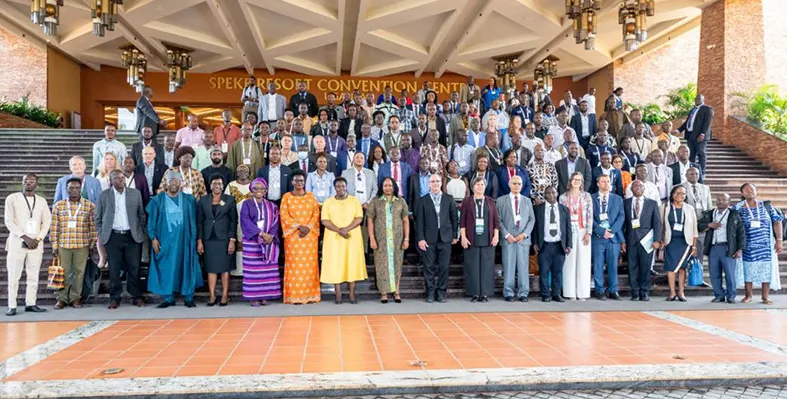A new camera and AI system is now helping dairy farmers improve cow health, productivity, and herd management
The cutting-edge HerdVision technology, now available exclusively through Wynnstay, measures body condition score (BCS) and mobility, giving farmers instant insights to act on. The camera fits into any parlour or race and captures a bird’s-eye view of cows as they pass underneath. It automatically provides a BCS and mobility score, which can be viewed on a desktop or app. The key benefit lies in how farmers use this data, supported by Wynnstay’s team of dairy experts.
Matt Dobbs, CEO of HerdVision,“This partnership brings the benefits of early identification of problem cows alongside support from Wynnstay's specialists, nutritionists and range of products, ensuring that a problem will be quickly addressed. Wynnstay's superior knowledge of dairy farming, range of expertise and wide product portfolio made them logical partners to bring the benefits of vision technology to UK dairy farming.”
Lameness is one area where the system shows real value. “With access to the data from the HerdVision reports, and working alongside the farm’s foot trimmer, we can identify problem areas which may be causing issues like sole bruising or white line disease,” says Rebecca Reed-Downes, dairy technical specialist at Wynnstay. He added,“If it’s an issue of digital dermatitis, we could dig into the farm’s footbathing routine, and refine the system.”
Nutritionists also benefit. “For nutritionists, this will provide vital data on BCS changes throughout lactation.Used correctly this information will allow for improvements in fertility, health and production”says David Jones, dairy nutritionist at Wynnstay.
The system costs £5,900 with a free first-year subscription and is eligible for funding through the Farming Equipment and Technology Fund.









